Planting an oak tree
Despite the laboriousness and complexity of cultivation, planting oak in personal and garden plots is not such a rare occurrence. What problems does a gardener face when wanting to own this mighty tree?
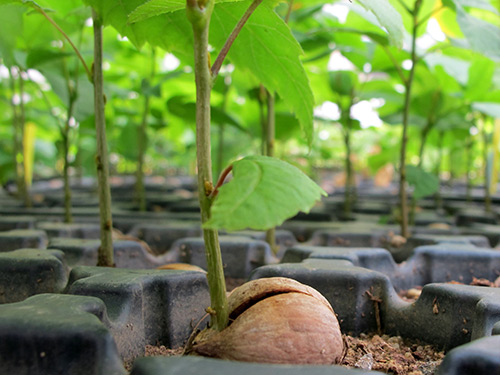
Where to begin
In order for the landing to be successful, a number of conditions must be met. The very first ones:
- correctly chosen landing site;
- the suitability of the soil;
- a suitable environment.
The choice of the landing site is very important. A mistake will lead to the fact that all efforts will be in vain. First of all, water should not stagnate on the site. Even in high water, it can stay there for no more than a month, or better - two weeks. In addition, the place must be sunny. But an open vacant lot is also not suitable - spring frosts are contraindicated for young plants.
Oaks grow well on fairly fertile soil, the acidity of which ranges from weak to neutral. As a rule, soils are suitable for them, where plants common for deciduous forests live - nettles, anemone, buttercup, forest forest, runny. Of the tree species - maple, hazel, linden, gray alder and aspen.
Oak can also be planted as a monoculture, but it will do better with other species. It can be both shrubs, traditional for deciduous forests - rose hips, hazel, euonymus, honeysuckle, and trees. Maple, ash, linden are excellent companions for oak. But conifers and yellow acacia have a depressing effect on him.
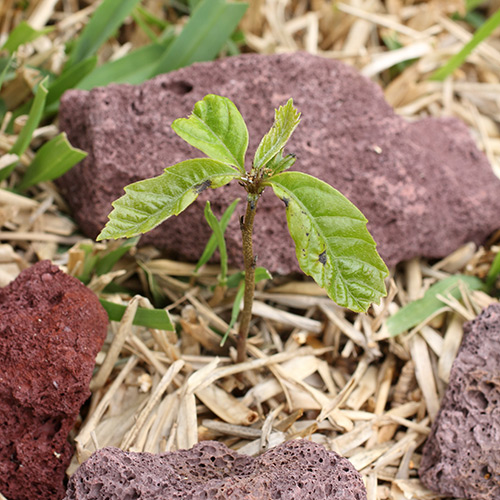
Foresters recommend planting lungwort, lily of the valley, Kashubian buttercup, runny, hairy sedge next to oak. And if the soil is poor - lupine, which will improve its structure and fertility. All satellite species are best sown before oak for a year or two. But you can do it at the same time.
Planting methods
There are two ways to plant oak. The first is to transplant a young plant dug out in the forest, or a seedling from a nursery. The second is to sow acorns.
It is more convenient to plant seedlings in early spring, before the first leaves appear. A 25 cm depression is made in the ground, where the tree is placed. The soil around should be well tamped.
But planting seedlings, even the best ones, does not guarantee good survival. The reason is simple: the main root of a tap oak goes deep into the ground. It is almost impossible to dig it up without damage. Therefore, a transplant in adulthood is extremely difficult for this plant.
When sowing an oak with an acorn, the most difficult thing is to choose it correctly. The seeds should be large, strong and free of any mechanical damage.
Sowing with acorns is a more natural, more natural planting method. It can be produced both in spring and autumn. In the second case, this must be done no later than a month before the start of frost. Then the acorn undergoes natural stratification, ensuring successful germination.
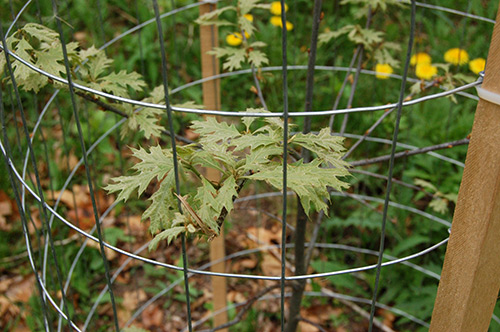
The autumn planting also has negative aspects: the threat of drying out during an anhydrous period, mold growth during short-term thaws, damage by rodents and other animals. Therefore, the depth to which acorns are buried is recommended at least 6 cm. During spring sowing, these risks decrease, and the planting depth can be reduced by two to three times. But here, too, there are difficulties - you need to save the selected acorns until the first heat.
Unlike most other trees in the middle lane, oak seeds quickly lose their germination at room temperature and, especially, when dried. The most favorable conditions for preservation are created at temperatures close to zero, combined with high humidity and adequate ventilation.
It is permissible to store acorns in the cellar where the potatoes are kept. Or dig it into the soil from autumn to a depth of about 20 cm. But at the same time, it is necessary to provide protection against moisture and rodents. Experts recommend placing acorns in a refrigerator, wrapping them in breathable material, and periodically moisturizing them slightly. In the spring they are checked by lowering them into the water, and discarding those that float.You can evaluate the quality in another way - just by opening one of them. Live acorns have yellow cotyledons; dead ones have gray or black cotyledons. As a rule, overwintered seeds do not need any other pre-sowing preparation.
Sometimes it is possible to find sprouting last year's acorns in early spring - somewhere in the park or in the forest. You have to store them very carefully before sowing, in the refrigerator or basement, making every effort not to dry out the roots that appear. And try to plant as soon as possible.
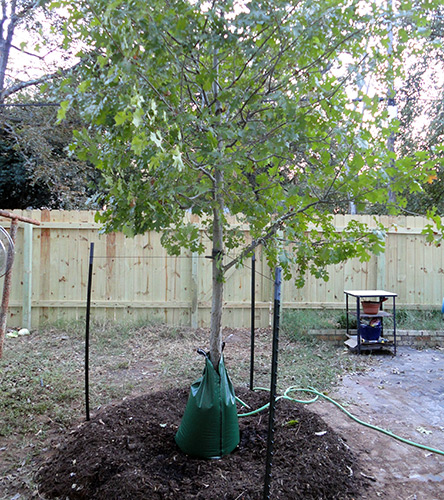
A more reliable but time-consuming method is the preliminary cultivation of seedlings. In the spring, as soon as the frost stops, the selected acorns are planted in parallel grooves with a distance of about 25 cm. They are placed horizontally, deepening only 2 - 3 cm. Germination begins from the roots, and only a month and a half later shoots appear.
Oak seedlings do not suffer from the drying out of the soil and weeds as much as the first sprouts of conifers - the large supply of food available in the acorn affects. But in severe drought, they still need watering, as well as weeding. Especially if you plan to transplant annual seedlings.
All watering is stopped a month or one and a half before the start of leaf fall. Otherwise, the seedlings will not have time to prepare for winter and will freeze out. For the same reason, you should not try to grow young oak trees in a box on the balcony. And in the summer, you need to protect them from powdery mildew, which significantly reduces the growth. In case of severe lesions, when plaque covers almost half of all leaves, you can treat them with a solution of copper sulfate of one percent concentration or the same suspension of sulfur.
From planting to the appearance of the first fruits in an oak, at least 15 years pass. And the tree itself can live up to 400 or more. They say that growing this miracle of nature on your site and getting a harvest from it can be more difficult than building a summer cottage itself. But even one small oak tree growing next to the house will delight the inhabitants with the rustle of its leaves and lace openwork shadow.

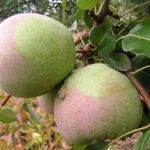
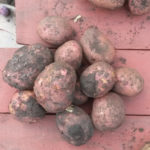


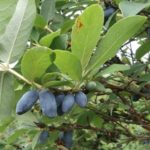



I tried to plant oaks with seedlings and acorns, several times, but it didn’t work. And so for several years in a row. But then, in one year, all the seedlings that he dug in the forest took root. Moreover, one sapling was dug up in the month of August. I stuck it right into the turf. Surprisingly, it has taken root and is growing well. A perennial oak with a height of more than 2.5 meters was also transplanted. It took root, but then an all-terrain vehicle drove over it in the summer and split the trunk. I connected and covered with garden var. Oak has successfully overcame the wound. From this I conclude that oaks are unpretentious. And the survival rate of a seedling depends on the climatic conditions of a particular year.